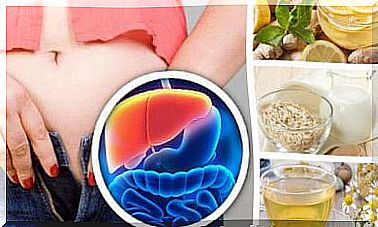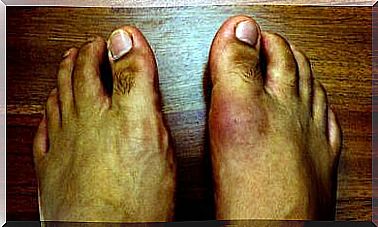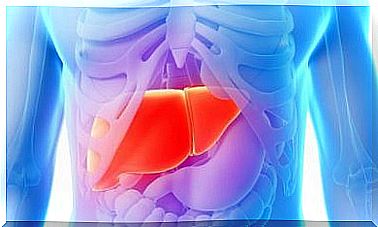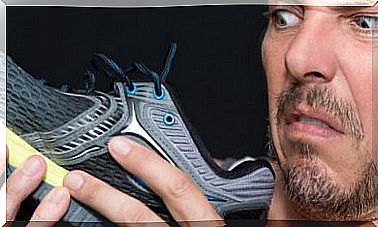Persistent Vegetative State: What You Should Know About It
A persistent vegetative state is a state of deep unconsciousness with simultaneous activity of the primitive brain. Patients are unaware of themselves and their environment in this state. Today you can learn interesting facts about the symptoms, diagnosis and prognosis of this syndrome.

In a vegetative state, which is also called vegetative state syndrome or vegetative state, sufferers are not aware of themselves or their environment. It was not until the 1970s that the well-known neurologists Brian Jennet and Freud Plum made the decision to describe this syndrome scientifically. Since then, numerous articles have been published to look at the vegetative state from different perspectives. But much has still not been clarified.
In today’s article you will learn interesting facts about this topic.
What is a vegetative state?
To better understand this condition , let’s briefly look at the two hemispheres of the brain and what functions they perform:
- The two hemispheres control thoughts and behavior, which enables us to be aware of ourselves and our surroundings. The two halves of the brain comprise different brain structures (frontal lobes, temporal lobes, occipital lobes, parietal lobes) with different functions made possible by the neurons in the cortex.
- The diencephalon, which includes the thalamus and hypothalamus, and the brain stem control vital functions. These include the wake-sleep rhythm, body temperature, breathing, blood pressure, heart rate, etc. This area of the brain can be referred to as our primitive brain.
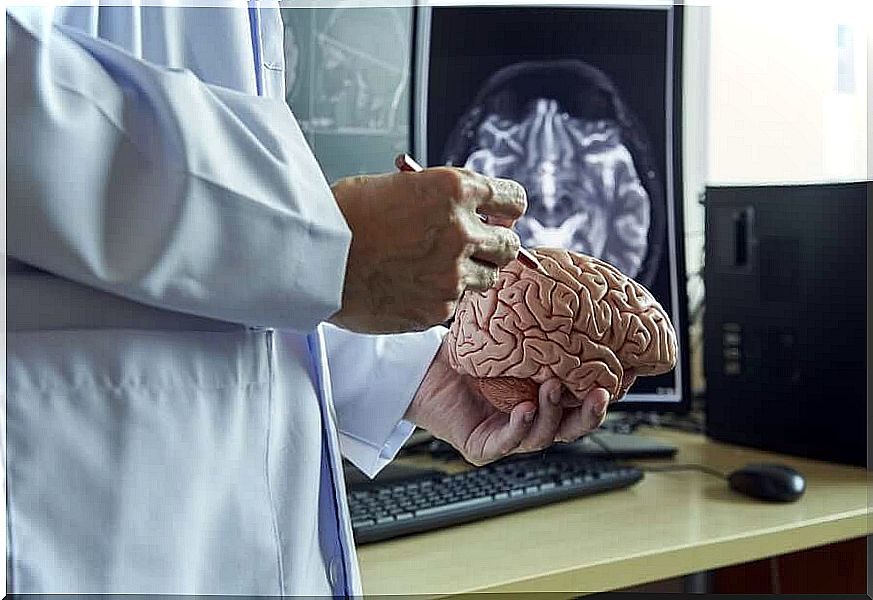
The vegetative state is long-lasting and it happens when the hemispheres of the brain do not function properly. The affected person is then no longer aware of themselves and their environment. However, the primitive brain is not affected by the damage and continues to carry out its life-sustaining functions.
Causes of a vegetative state
Various causes can result in a vegetative state. Any disorder or disease that results in brain damage can lead to it. Normally the brain stem and the diencephalon take over their functions after the causal damage, but not the cerebral cortex or other brain structures.
The most common causes for this are:
- Cranial trauma: A typical example is a motorcyclist who has an accident without a helmet and hits his head.
- A disorder that leads to a lack of oxygen in the brain: for example, it could be a heart attack or respiratory failure.
- A cerebrovascular disease: For example, when an artery in the brain becomes blocked, causing blood flow to the brain to deteriorate and causing a stroke.
Other possible causes are: tumor, hemorrhage, brain infection, end-stage dementia diseases such as Alzheimer’s, etc. These diseases do not damage the brain stem, but the cortex.
Persistent vegetative state: symptoms
People in a vegetative state can do a few things that appear to be conscious:
- Open the eyes: The patient can go through different phases of sleep and have their eyes closed or open.
- He can breathe, chew, sneeze, swallow and choke, make sounds, etc.
- The patient can even respond to strong stimuli such as noise. He can smile or raise his eyebrows.
But all of these reactions are controlled by the primitive brain and are not consciously carried out. These are basic involuntary reflexes that we all have.
How do we know that coma patients are unconscious?
In order to find out whether someone is conscious or not, there must be an intention in their actions. This intention shows us that there is a relationship with the outside world:
- The patient can open and close his eyes and also make eye movements, but these have no purpose. The movements are arbitrary and independent of existing stimuli. For example, if the person concerned has their eyes open and you hold a pencil in front of their eyes, they will not be able to follow it with their gaze when you move it.
- She does not make any voluntary or deliberate motor movements. If the affected person moves, for example lifting an extremity, it is due to intense stimuli. They can be reflexes when you wake up or from noise. All other movements are primitive reflexes, such as sucking, chewing, swallowing, etc.
- The person in a vegetative state cannot speak or form words. It can only make primitive sounds.
- The patient does not respond when a written or verbal message is delivered to him.
- In addition, the affected person suffers from urinary and fecal incontinence.
So the patient is unconscious, but his heart and lungs are functioning. Therefore the blood pressure and the cardiorespiratory functions are preserved.
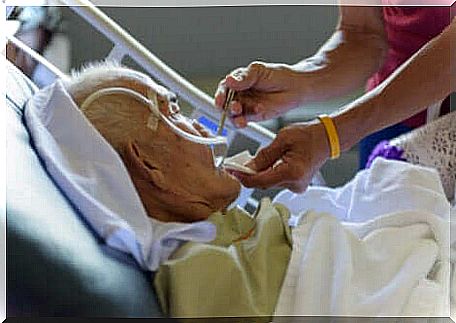
diagnosis
The diagnosis is based on the doctor’s assessment of the symptoms. Even if the patient has all the clinical characteristics of a vegetative state, he must be observed for a period of time to confirm the vegetative state . Otherwise, various signs of the patient’s consciousness could be missed.
Imaging tests can reveal possible brain damage and are important for the doctor to determine if treatment is possible. To determine if the patient is conscious, procedures such as functional magnetic resonance or an electroencephalogram are done to measure brain activity.
Unfortunately, these tests cannot determine the patient’s level of consciousness, only whether there are any signs of it that are not immediately apparent. The results can influence the decision about long-term treatment and care. Because they show whether there is a possibility of recovery or not.
forecast
After a month of being awake, it is generally judged to be persistent. But the causes of the vegetative state, its duration and also the age of the patient are decisive factors for the prognosis.
There may be some recovery in the patient even if the problem is already considered permanent. However, recovery is usually minimal and is associated with serious consequential damage and a poor quality of life.
Persistent vegetative state: treatment
People in a vegetative state require comprehensive care. In particular, the following measures must be taken into account:
- Preventive measures against discomfort caused by long immobility: ulcers and muscle tension could occur due to the constant pressure on the same areas. Further consequences can be thrombi or blood clots. To prevent this from happening, the patient must be moved passively.
- Good nutrition: the patient is artificially fed through a tube that goes through the mouth or nose or directly into the stomach. Nutrients can also be administered intravenously.
- Good tubing and patient hygiene to prevent infection.
Possible recovery
The recovery of coma patients is highly unlikely. Doctors, the family, and sometimes a hospital ethics committee must discuss the patient’s treatment. The wishes of the patient must be taken into account as far as possible. In some cases there is a will with instructions.



